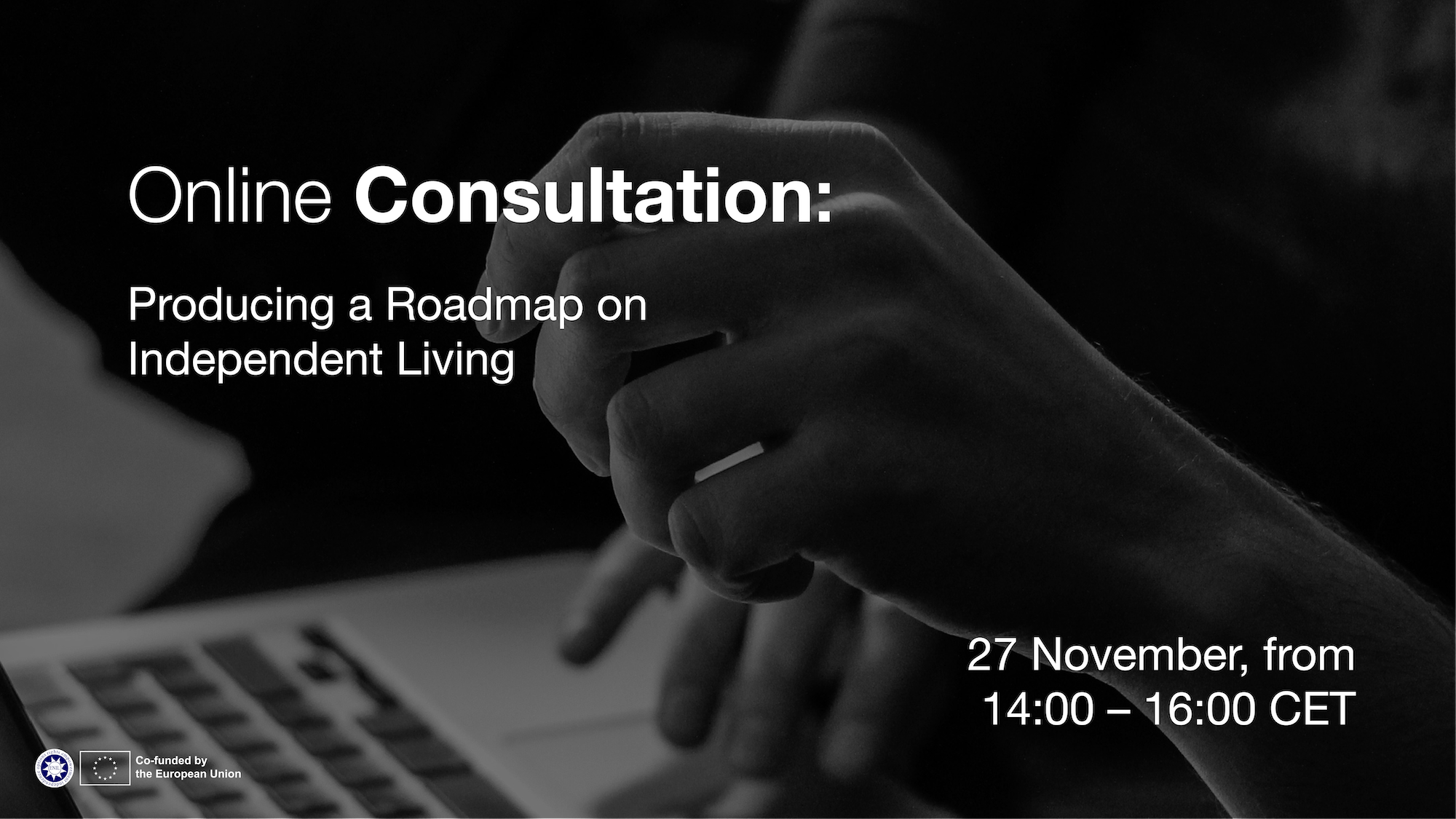My name is Ciara Brennan. I am from Dublin, Ireland. For more than a decade, I have worked as a disability researcher in Ireland, Iceland, Norway, and Sweden. Currently, I am a research and advocacy consultant for the COVID-19 Disability Rights Monitor (DRM). DRM is collecting data from around the world in order to measure the impact of COVID-19 on persons with disabilities. Before this, I worked at the Center for Disability Studies, University of Iceland where I also did a PhD on independent living, and personal assistance in Iceland, Norway, and Sweden. You can find some of my published work here.
Over the past 10 years, I have learned how to use the CRPD as a tool to analyse research findings. However, this was not the case when I began working as a disability researcher in 2009. I joined the National Institute for Intellectual Disability, Trinity College Dublin, one year after the CRPD entered into force in 2008. Back then, I encountered the misuse and misappropriation of the words “independent and community living” in segregated support services and institutions. As a result, I was somewhat sceptical when I read these terms. The Convention had very limited practical implications for my work in Ireland at the time. Ireland had not ratified the Convention and the Irish government implemented austerity measures and cutbacks to disability services following an economic recession in 2008. The situation was incredibly frustrating for those of us advocating for reform. Research funding essentially froze and research was having little or no impact against the cutbacks to services. Consequently, the majority of my research focused on cutbacks and human rights violations, rather than progress. As a result, I began to look elsewhere for examples of policy reforms in other countries. The Nordic countries offered some of the most promising examples of policies in Europe. I was eager to learn more about disability rights in the Nordic countries. The opportunity to do so presented itself in the form of the Marie Curie Initial Training Network entitled Disability Rights Expanding Accessible Markets (DREAM). I was based at the Center for Disability Studies at the University of Iceland. When I moved to Iceland in 2011, I noticed a huge difference in the prominence and diversity of the independent living movement in the Nordic countries. I also had the opportunity to travel to Norway and Sweden to conduct research with independent living organisations in both countries. Unfortunately, I learned that there were cuts to personal assistance in Sweden. I used this information to write an article that concluded that cutbacks to personal assistance in Sweden were violating Article 19 of the CRPD. The article was widely publicised by independent living organisations, and by activists who were fighting cutbacks. This article impacted my view of the CRPD.
Today, I use the CRPD as a tool for arguing against cutbacks and to promote services that advance independent living in the community. A human rights approach to human rights is particularly important during the global pandemic when we are seeing human rights abuses across the globe. Reflecting on the past 10 years, I can see the positive impact that the CRPD has had on disability research. Yet, there is still a lot of work to do.


